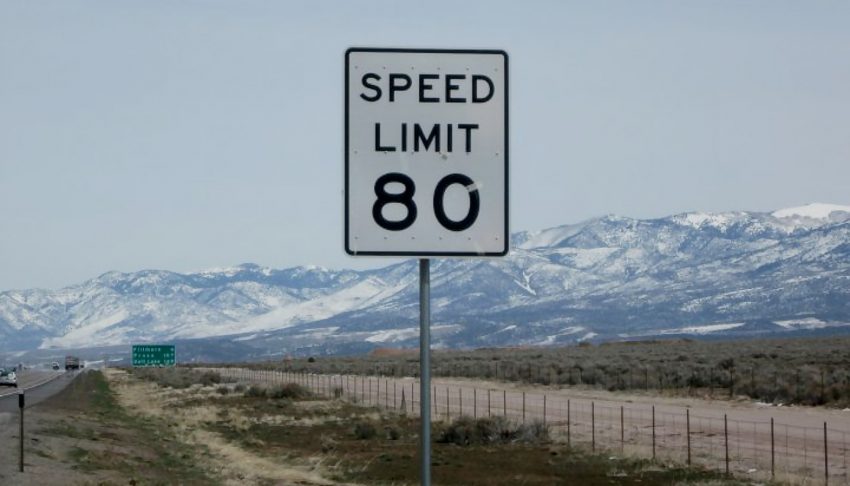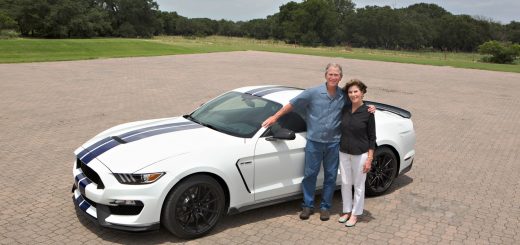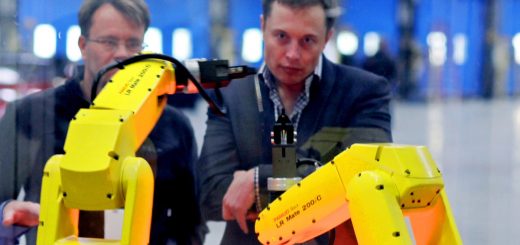Speed limits: they’re about as popular as contracting influenza.
Of course, the speed limit performs several important civic duties, like helping to slow would-be hoonigans who could easily find themselves driving at or above the safe handling limits of their cars, or at a speed where the severity of a collision would be far worse. Speed limits also help maintain a flow of traffic by mitigating massive speed differentials which could (at best) necessitate sudden braking, or (at worst) cause a deadly accident.
But when the average US citizen finds his or herself surpassing the posted speed limit daily as a matter of course, it is perhaps time to rethink how these limits are deployed. And that brings us to the University of Texas at Austin, where Associate Professor of Transportation Engineering Stephen Boyles makes a case for a broad, sweeping increase in the country’s posted speed limits.
As the article’s title reads, “Roads Are Better. Cars Are Safer.” Despite the good intentions of the posted speed limit, posits the author, the “maximum” velocities set across the country have failed to keep pace with the improvements made to modern cars and roads – and in many cases, could even do more harm than good.
For instance, Boyles writes that research indicates very little correlation between the posted speed limit, and the routine rate of traffic. The posted speed limit is still enforced, however, meaning that drivers might be prompted to brake suddenly upon spotting a state trooper – a maneuver which bears its own possibly costly consequences. It also means that drivers must choose between obeying the posted speed limit, or keeping with the (often higher) flow of traffic, and in many cases, the former can prove more dangerous than the latter (see: “massive speed differentials” above).
It’s important to note that Boyles is not advocating for the abandonment of speed limits altogether; as we’ve said, they perform several important duties. But the Federal Highway Administration, National Cooperative Highway Research Program, and Institute of Transportation Engineers have all done extensive research supporting a speed limit which routinely encompasses, on average, at least 85 percent of drivers. In other words, if any more than roughly 1 in 7 cars is exceeding the posted limit, that limit needs to be raised.
While all of us might have our hangups with regard to entrusting the task of feeling out new speed limits to the masses, it’s important to note that in many respects, the “herd intelligence” of a mass of drivers is more capable of setting an appropriate pace than any individual or agency. To find out why, go and educate yourself on the topic of the “wisdom of the crowds” at Nova on PBS.
At any rate, as an added bonus to Boyles’ very well-argued points, consider this; we suspect that texting behind the wheel might very well decrease dramatically under raised speed limits because driving would demand more of the pilot’s attention. Take that for what it’s worth.














No Comments yet